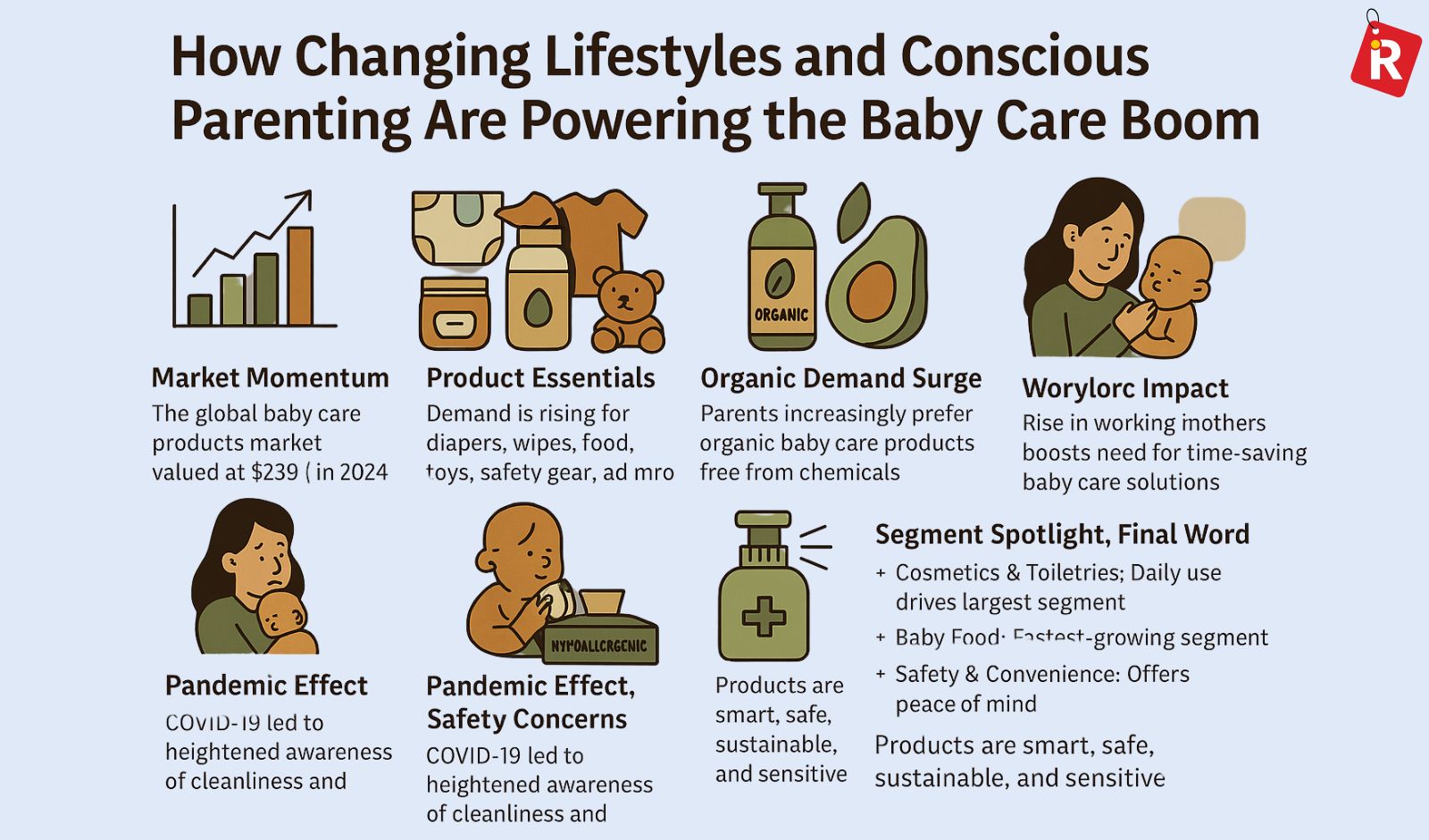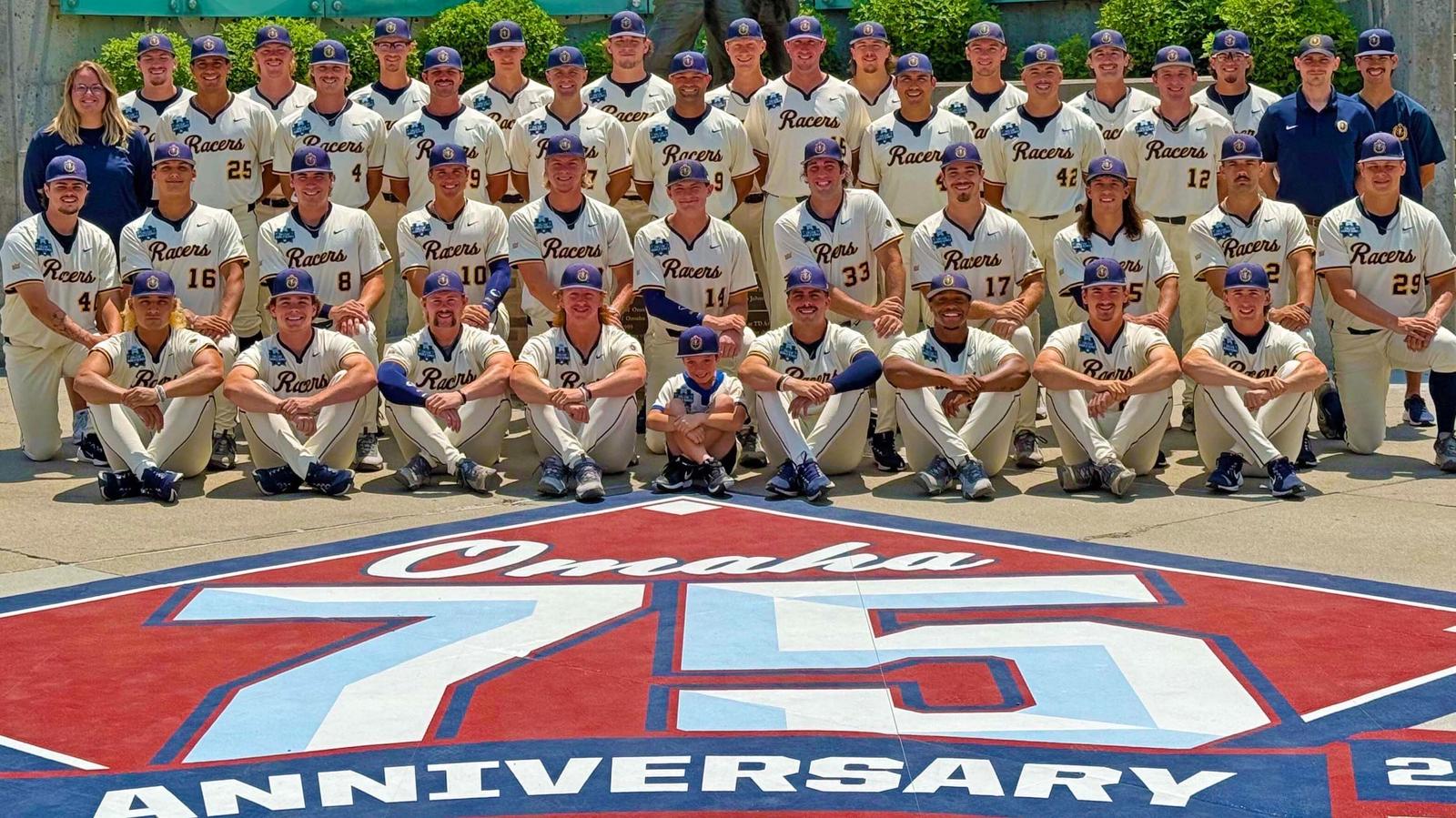NORTH AUGUSTA, S.C. — Have we maybe, finally, reached the peak of college basketball spending?
It depends who you ask … but it’s certainly possible. Why? Because this offseason, college sports’ old and new funding models — established name, image, and likeness (NIL) norms, plus the introduction of revenue-sharing — overlapped, giving programs a one-year window to blow the bank.
“This year is the money-dump year because of everything that’s happening,” said one assistant coach at a mid-major-plus school. “We will never see these numbers again. Now, what does that mean moving forward? We don’t know.”
That uncertainty was a near-consensus sentiment among the 35 coaches The Athletic polled at Peach Jam last weekend. Much of that stems from the unknown ramifications of the long-anticipated House vs. NCAA settlement, which took effect July 1 and allows schools — for the first time — to pay athletes directly through revenue sharing, with a $20.5 million cap per school for all sports combined.
Athletes are still allowed to reach third-party NIL deals that don’t count against the cap, but those agreements could come under more scrutiny in a post-House world, with a new clearinghouse — NIL Go — set to review them. Will NIL Go approve the sorts of million-dollar deals that have become the industry standard over the last four seasons? This early into the revenue-sharing era, coaches don’t know.
But if one thing is clear, it’s that budgets for this season are eye-popping. To understand just how swollen budgets have become this offseason, we asked all 35 coaches: On average, what would you estimate teams in your conference spent on their rosters for the upcoming 2025-26 season?
Average estimated roster costs
| League |
2025-26 season (estimated) |
|
ACC
|
$8.2 million
|
|
Big East
|
$8 million
|
|
Big Ten
|
$8.5 million
|
|
Big 12
|
$8.6 million
|
|
SEC
|
$9.7 million
|
|
Mid-major plus
|
$2.3 million
|
|
Low- to mid-major
|
$525,000
|
Coaches were granted anonymity in exchange for their candor. The answers are telling — even considering the wide range of budgets within each league. (In the 18-team ACC, for example, the difference between the highest- and lowest-spending schools is eight figures.) But for as sexy as those numbers are, it’s crucial to remember why basketball budgets have grown, especially for next season.
Prior to the House settlement, most college players were paid by school collectives, who funneled money directly from donors to athletes under the guise of NIL. Now, in a revenue-sharing world, schools can distribute up to $20.5 million annually to players. Men’s basketball isn’t getting that entire pie — Opendorse, an NIL marketplace company, estimates most high-major programs will receive 20.3 percent of that on average — but still: that’s a few extra million teams can dole out.
So, when you combine old collective money — most of which schools intentionally spent before July 1 — with new revenue-sharing funds?
Voila: You get a basketball bubble, and budgets reaching never-before-seen heights.
“There is a realization for most,” said one Big Ten assistant, “that the money will not be the same.”
Revenue sharing vs. the ‘free market’
In many ways, one byproduct of the House settlement led to this offseason’s spending boon.
That would be the College Sports Commission (CSC), the new enforcement agency responsible for regulating revenue-sharing and cutting down on the pay-for-play deals that have become the industry standard. To regulate “fair” market deals, the CSC created a clearinghouse, NIL Go, which is run by Deloitte and which vets any third-party NIL deals worth over $600.
Considering schools have regularly been paying top talents hundreds of thousands — if not millions — of dollars annually, coaches were understandably apprehensive about the clearinghouse review process. Most who The Athletic spoke to admitted that they “front-loaded” contracts this offseason, spending as much collective money as possible in case NIL Go made it effectively unusable.
“With the collectives being in question, and all the details that are coming out about the settlement,” said one SEC head coach, “I don’t know what it’s gonna look like.”
And that uncertainty is still palpable. The CSC announced earlier this month that it wouldn’t clear any collective deals, seemingly validating coaches’ front-loading … only to reverse course on Tuesday after substantial backlash; the enforcement body now says it will consider collectives “valid businesses,” but will still hold them to the fair “range of compensation” rules that traditional third parties are subject to.
What does that mean for future spending?
Simply, if high-major programs are to sustain their current roster budgets, then supplemental collective money is a necessity. Consider: The average expected revenue sharing allotment for high-major teams — about 20.3 percent of $20.5 million — comes out to about $4.2 million … or half of what programs are estimated to be spending this upcoming year.
Is the college basketball economy really going to nosedive to that extent?
“You can’t put the toothpaste back in the tube,” an ACC head coach said. “The free market has (borne) what these numbers are, so now you can’t come back and correct the free market, and say, ‘Well, actually, this isn’t the free market. What we determine is the free market is the free market.’ If you were able to do that, we wouldn’t be running to Congress asking for help, because that would be legal. What we’re doing now isn’t legal.”
‘It’s just going to bring back cheating’
It’s easy to talk about college basketball spending in a macro sense. But what does that look like at the one-on-one level with players?
“You’re going to have a kid making 400 (thousand), and you’re gonna go, ‘Well, next year I only have 200 for you,’” an ACC assistant said. “That doesn’t usually sit real well.”
As a Big 12 assistant put it: “That’s going to be a hard conversation to kids you’re already loyal to.”
The ramifications could be landscape-shifting. With players having more freedom of movement than ever, coaches worry that a stark drop in spending — especially in the span of one offseason — will lead to the most frantic offseason of the NIL era yet.
Another roster construction concern: How much should coaches allocate for freshmen, especially those who rarely impact winning their first college season?
“A lot of these ‘26 kids have friends who were in the ‘25 class and got a lot of money — and now you’re offering them a quarter of that?” said an SEC assistant. “We’re gonna struggle initially, trying to explain the difference.”
Which is why only three top-25 recruits in the 2026 class have committed so far.
Other uncertainties abound, too. For all the talk about “average” allotments to high-major programs, for instance, what about the blue bloods set to receive an outsized percentage of their school’s revenue-sharing funds? What Duke and Kentucky receive, for instance, will be drastically different from what teams residing alongside powerhouse football programs — like Alabama, Ohio State, and Clemson — will ultimately get.
“If you’re talking true rev share,” one blue blood assistant admitted, “then we’ve been given an opportunity to be competitive.”
There’s also the looming threat of non-football leagues, namely the Big East and Atlantic 10. On one hand, not having football means most Big East schools won’t come close to paying out the overall $20.5 million cap permitted by the House settlement. But on the other hand? Those same schools can give their men’s basketball programs the largest cut of the revenue sharing pie, rather than the 20 percent that most of their high-major colleagues should receive.
“The Big East would be able to likely — with the commitment and the resources — double and triple some of these SEC and Big Ten schools,” said one Atlantic 10 head coach. “I don’t know what the next set of rules are going to be, but I guarantee you it’s not going to be that.”
Added the SEC head coach: “We talk as a staff that we might be competing against Atlantic 10 schools for kids, if it’s based on just money.”
We won’t know for a while whether or not the CSC truly has the teeth to stem the flood of collective money into college sports. But if it does, and revenue-sharing funds are something of a legitimate cap?
Expect teams to get, uh, creative when it comes to navigating the clearinghouse’s restrictions.
“There’s probably some guys out there,” one Big 12 head coach said, “that are going to figure out a way to do some things that are within the letter of the law — (but) maybe not the spirit of the law.”
Or, more succinctly, in the words of one WCC head coach: “It’s just going to bring back cheating. I don’t want to be naive about that.”
After surveying coaches at just under 10 percent of Division I schools, the only thing that’s become clear is how divided the college basketball universe is on what to make of revenue sharing.
Will it curtail massive donor influence in college basketball? Will it curb overall spending and level the financial playing field? Or is it just a slight impediment to the free market and the hefty prices that have emerged in the NIL era? Is it enforceable? Destined to get sued into oblivion? A precursor to collective bargaining?
There’s no clear answer to any of it.
“We continually ask for help and guardrails — and then when we get them, we complain about them, find ways around them, and then we sue the NCAA,” another ACC head coach said. “Sooner or later, coaches are going to have to decide what they want this ultimately to look like. And if we’re going to continue to find ways around stuff, or sue, then it’s just going to be chaos.”
(Photo: Kevin C. Cox / Getty Images)


























































